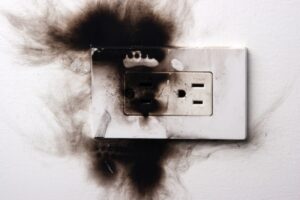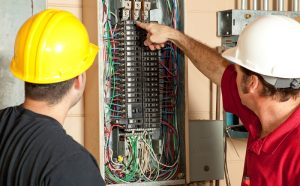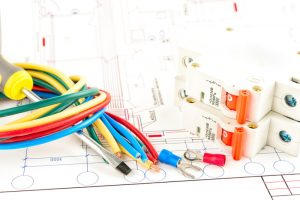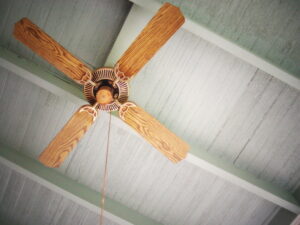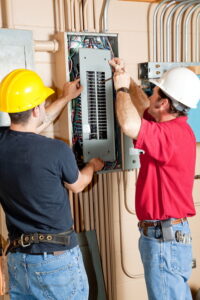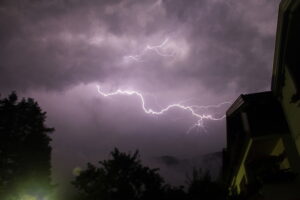Winters in New York can be beautiful as long as you have a home with a good heating system, the right insulation, and a steady supply of electricity. But with our low temperatures, a sudden loss of electrical power to your house can mean a serious emergency. Storms, power plant accidents, power surges, even accidents within the home’s electrical system can leave you trapped without the electricity you need to get by.
Our first message about power outages is not to panic. There are steps you can take, and in many cases a professional Angola, NY electrician can provide you with the help you need. Below are steps you can take when the power suddenly goes out in the winter.
ONE: Check on your electrical panel
It’s possible the reason that you’ve lost power to the house is that the main breaker in the electrical panel has tripped. Check the panel to see if all the breakers are in the “on” position. If they are, test the main breaker switch to see if this restores power.
An important note of caution: an older breaker panel may be the source of the electrical failure, and we recommend calling us to investigate if the panel needs to be replaced.
TWO: See if this is a municipal problem
In other words, go talk to your neighbors to discover if they also have lost electrical power. If this is the case, then you aren’t dealing with a specific problem in your home, but an issue with the municipal power supply.
THREE: Call the power company
If you determined in step two that the issue is municipal, the next step is to call the power company to see the extent of the problem and how long you can expect for it to continue. In fact, the power company may not even know the problem has occurred, so you’re doing the community as well as your home a service by alerting them to the outage so they can take care of it.
FOUR: Unplug major appliances
Those appliances may not be receiving any power at the moment, but when power is restored it can bring with it a surge that can damage them. This is mainly a problem for precision electrical appliances such as computers, the microwave, and the entertainment system.
FIVE: Don’t try to do any DIY stuff
If you suspect that you might be able to fix some of the electrical problems that caused the blackout, please resist. Electric services need to remain in the domain of professionals. Once the power is restored, you’ll have an idea of what needs repairs, and you can call our team to handle them. Otherwise, please leave the tools alone. You might make a mistake, and when the power does come back on, it could create a major hazard.
SIX: Think about getting a generator
This isn’t so much a step as it is an important moment for reflection. If you have a whole-house backup generator, you wouldn’t be in this emergency situation right now. We recommend you call us once the power is restored to schedule an installation for a whole-house generator—one of the best “insurance policies” you can have against this problem occurring again.
Scherer Electric is Western New York’s Favorite Electrician! Call us for 24/7 emergency service when you have electrical problems.
Continue Reading
Tags: Angola, Electrical Panels, Electrical Repairs, Whole-House Generator Installation
Posted in Electrical | Comments Off on A Power Outage! What Do You Do?
